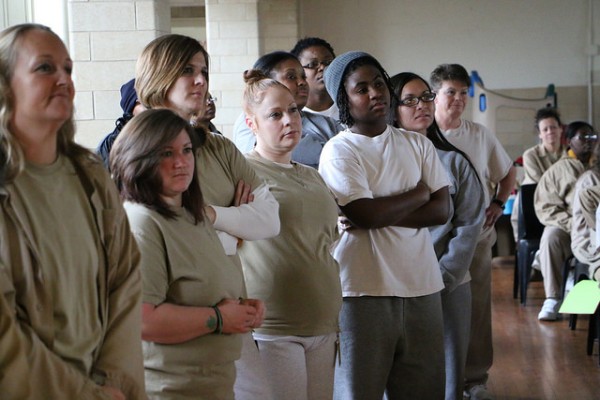
Many more men are incarcerated than women, but from 1980 to 2014, the number of women in state and federal prisons rose from just over 13,000 to more than 106,000, making women the fastest growing prison population in the U.S. This drastic increase is due in part to the War on Drugs and the shift to a “tough-on-crime” logic in the 1970s and ‘80s. For women, the mass incarceration era doesn’t just exert tougher penalties; it also carries over an earlier, paternalistic way of disciplining women.
Before mass incarceration, women’s prisons operated under rehabilitative models. These viewed women’s criminal behavior as a result of their vulnerability or dependency, rather than dangerousness. Inmates were sometimes called “girls” and referred to the warden as “daddy.” Later tough-on-crime policies increased security, abolished mandatory counseling, and emphasized order and control in women’s prisons. Still, some contemporary prisons maintain a paternalistic attitude by offering women “treatment” that focuses exclusively their perceived inability to make good choices in the face of challenges from men, drugs, or a history of abuse.In other words, incarcerated women are hit with a double bind. Strict sentencing policies ignore social context and drastically increase the number of women in prison, while the paternalism of the past shapes how the criminal justice system interprets and judges their behavior and prospects for rehabilitation.
- Jill McCorkel. 2013. Breaking Women: Gender, Race, and the New Politics of Imprisonment. New York: New York University Press.
- Candace Kruttschnitt and Rosemary Gartner. 2005. Marking Time in the Golden State: Women’s Imprisonment in California. New York: Cambridge University Press.

Comments